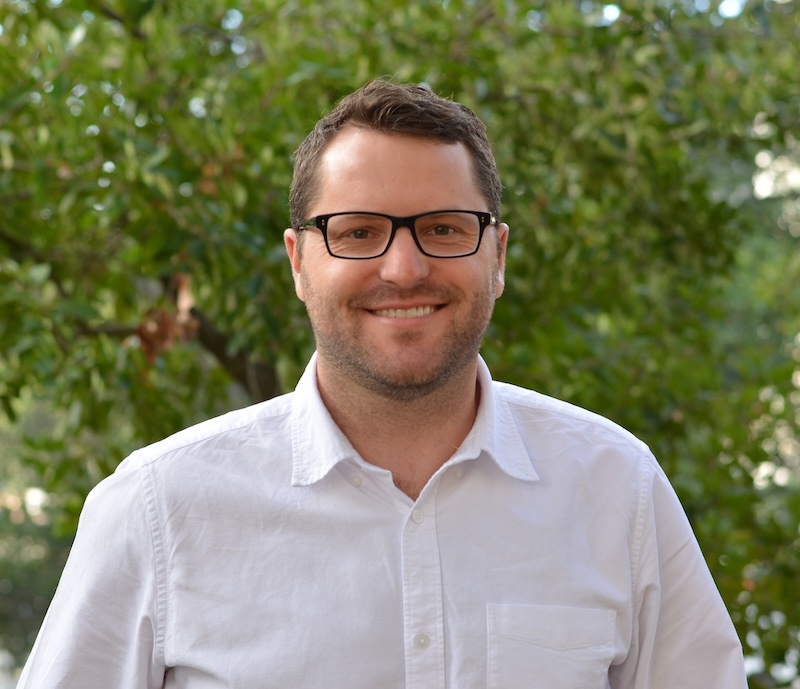Endangered coho salmon populations, which already faced hardships during dry seasons, are now faced with more looming danger due to climate change and human water use. Every year as streamflow naturally recedes, juvenile coho salmon are faced with the task of migrating downstream through increasingly shallow water to the ocean. Climate change is anticipated to make these dry spells more frequent and intense. Drought conditions also reduce water availability for human use, resulting in further stream water diversions to aid local communities.
This reduced streamflow has been identified as a key bottleneck in the recovery of these endangered salmon, resulting in the need for strategies to better manage water use and stream diversions. In this project, researchers aimed to determine the minimum necessary water levels and streamflows that support the coho salmon’s downstream migration.
The researchers' statistical modeling indicated that low seasonal streamflow during drought contracted the migration window by 31% (from 11 to 7 weeks). Increased mean seasonal water temperature (from 10.2 to 12.8 degrees Celsius) hastened the migration window by three weeks. Earlier and shorter migration windows during drought could lead to timing mismatches with periods of high marine food abundance upon ocean arrival, decreasing coho fitness and further threatening the endangered coho salmon.
The study demonstrated that drought-induced low flows March through June and stream warming create a lifecycle bottleneck for coho salmon in California. These findings indicate to resource managers and surrounding landowners who decide on the timing and quantity of stream water and groundwater use, that prioritizing streamflow protections, particularly during the outmigration season, will protect Pacific salmon fisheries in a changing climate in drought-prone California. The researchers used the data to build a model for the necessary water conservation to protect coho salmon. That data will also be used in collaborative efforts with a community partner organization to develop water management strategies to protect the necessary streamflow for salmon and maintain water security for local communities.
These findings can inform resilient coastal freshwater management in regions prone to drought, which face an uncertain future as climate change progresses. Improved management will be critical to the protection of salmon and the water security of local communities.
 Ted Grantham
Ted Grantham
 Mariska Obedzinski
Mariska Obedzinski